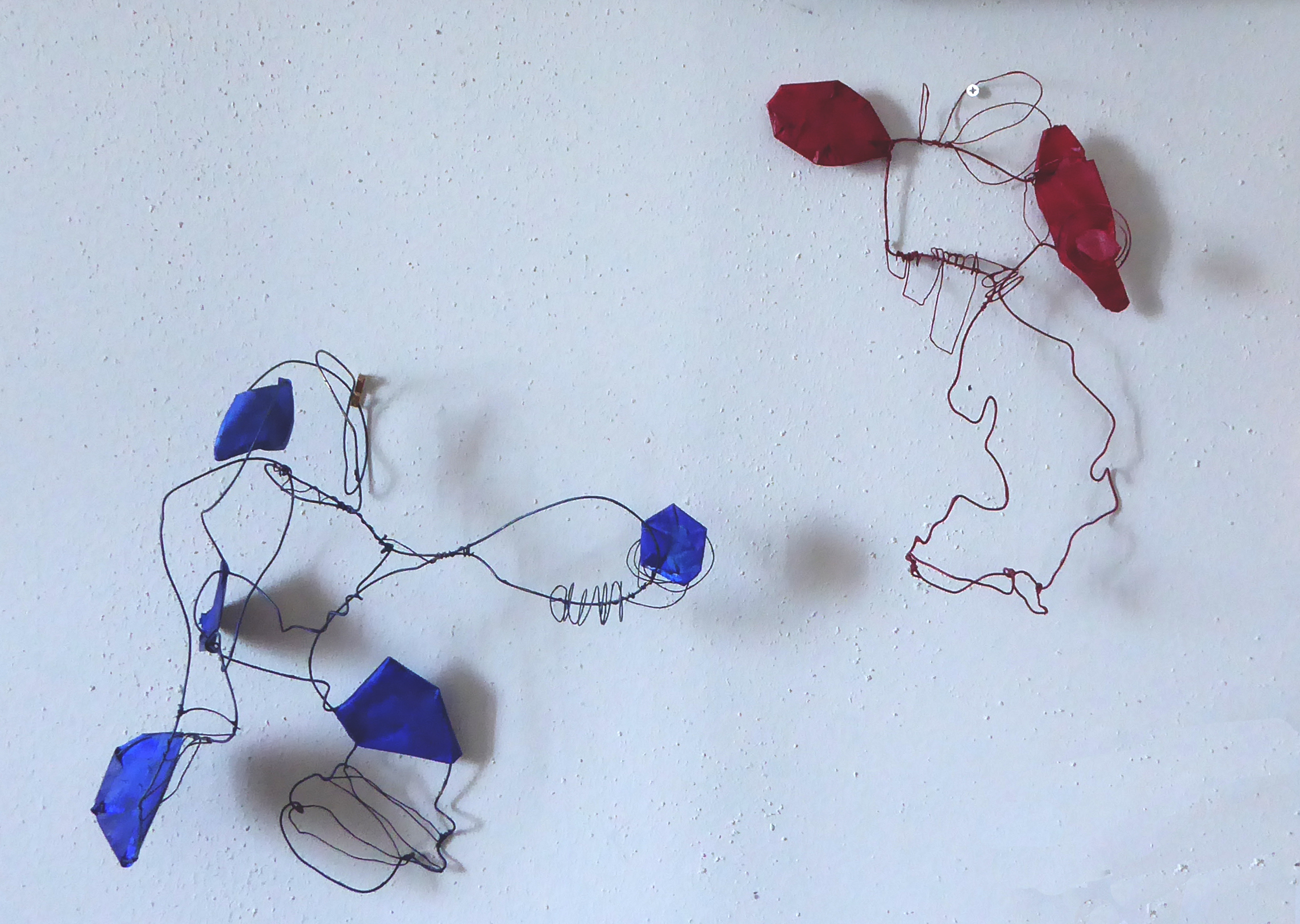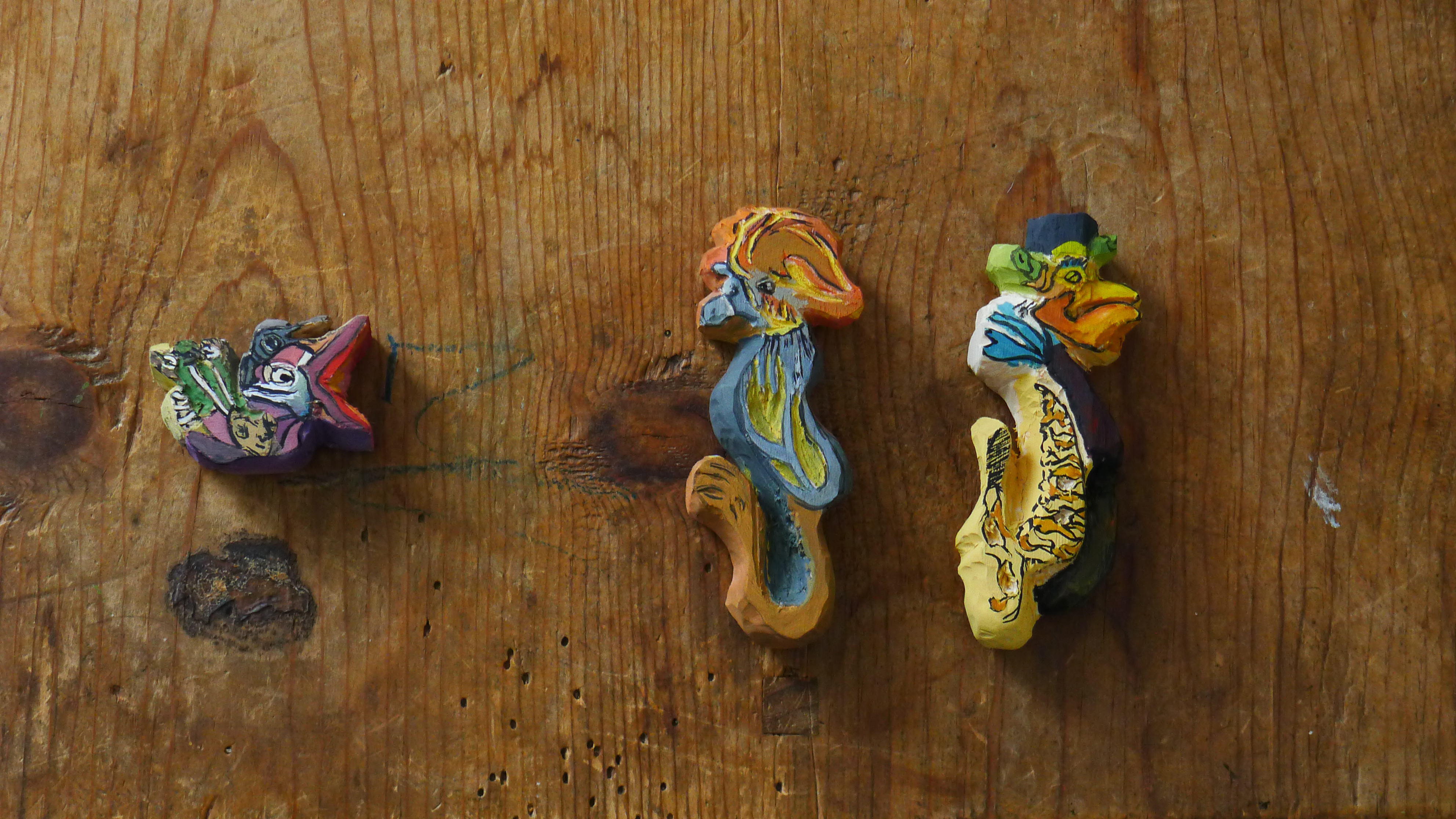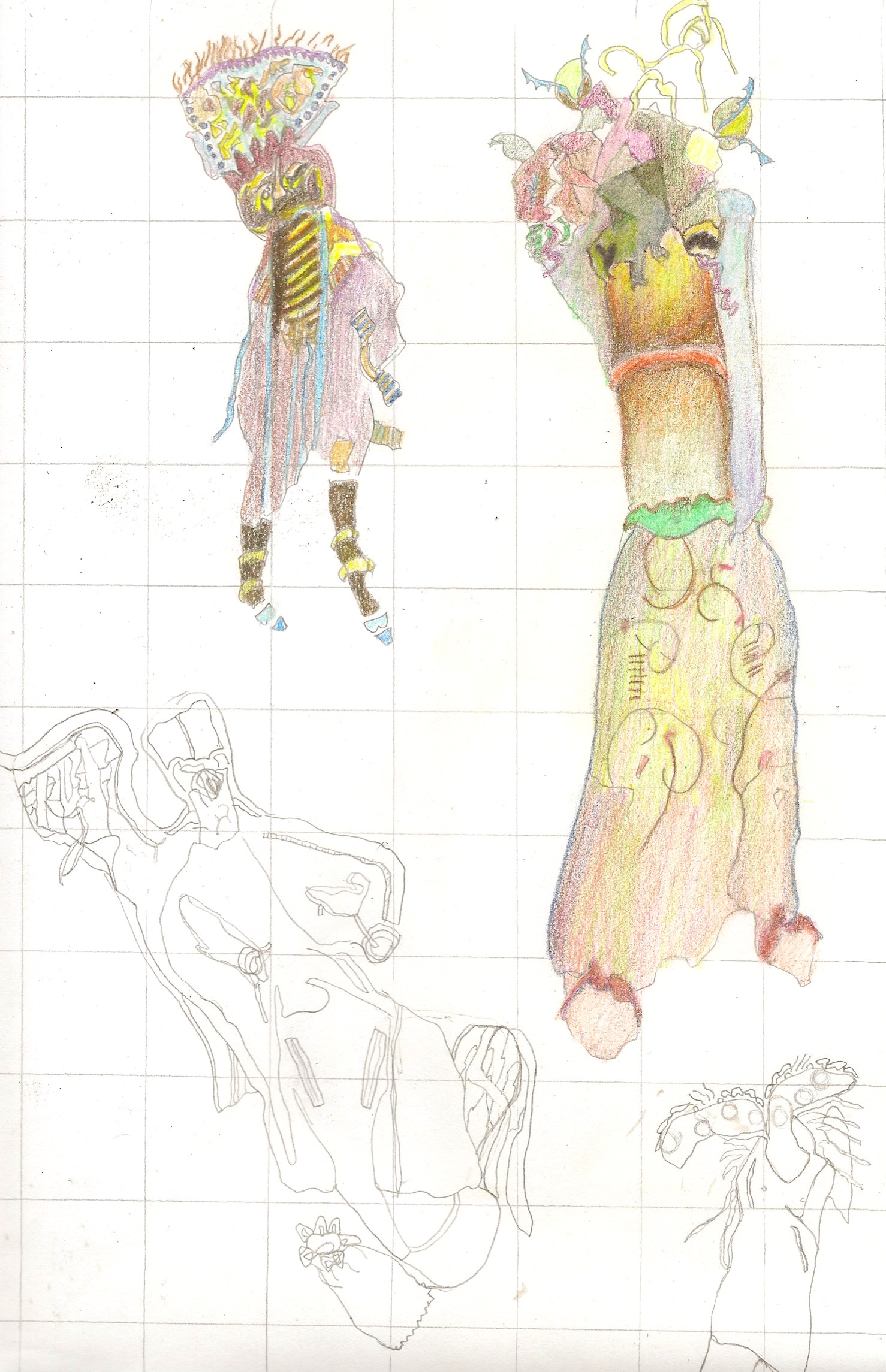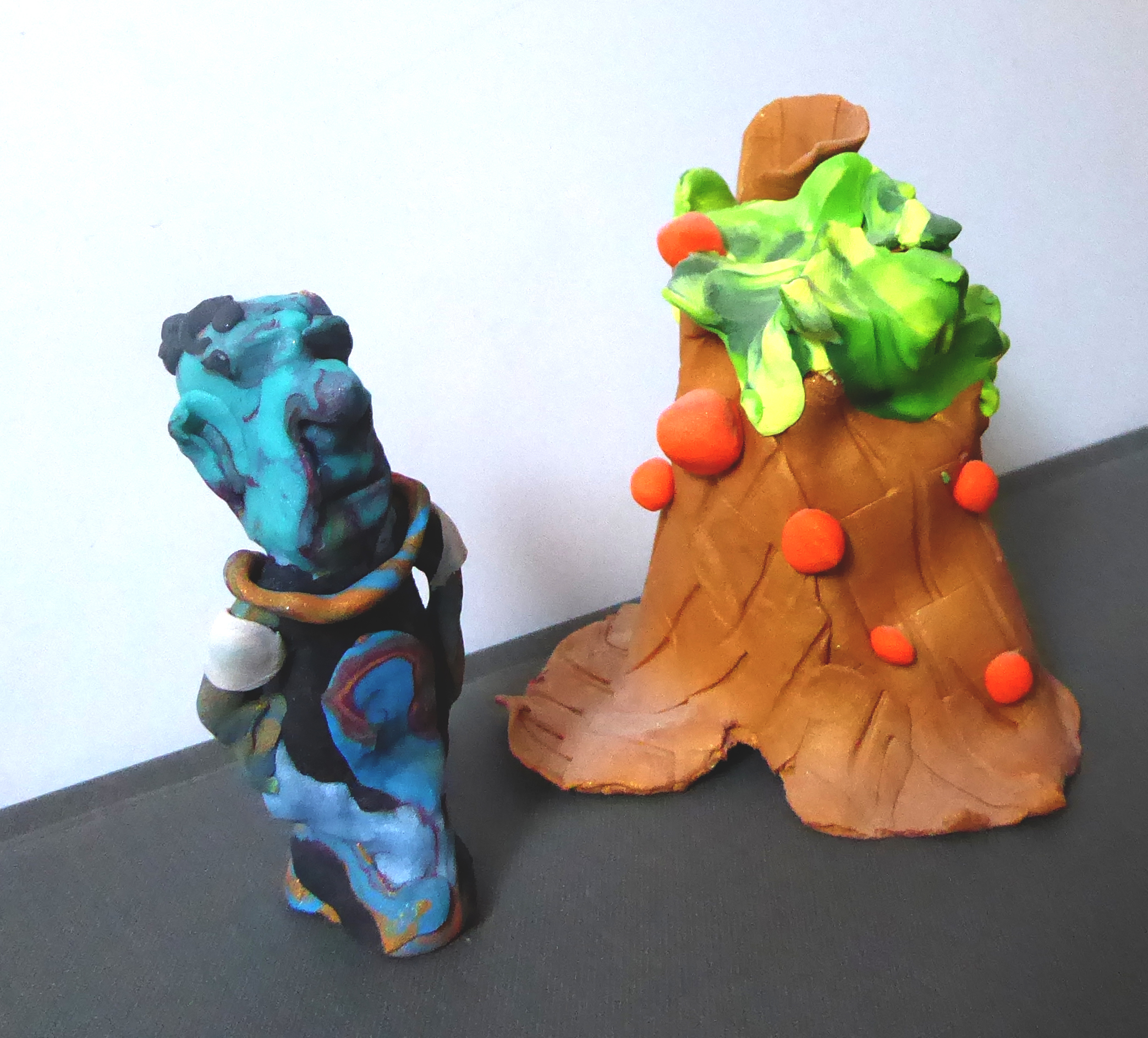A story with no beginning, middle or end
- Rebecca Meredith
- May 2, 2018
- 2 min read
What makes a visual piece narrative - words, continuity in action, a relationship, or an event within an environment?
This is how I see people, I explained, in reference to the Parade characters. Always changing, shifting, once in contact with another person.
What happens when words guide the image?

Is narrative created by a relationship (1), in an environment (2), amidst an event that makes this day different from all the rest (3)? (Amy Poehler's definition, in her book about improvisational acting)
Patterns in a grid, then dissected.
What began as patterns in space in the gridded sketchbook, grew to be abstract visualization of people as I cut them apart and pasted them together, letting the shapes guide to figure that emoted.

How many ways can you reinvent in order to learn more about your subject?
There was no end in sight: the characters were whittled out of wood, etched onto translucent vellum, and made into hundreds of diverse expressions of personality.
I tested them out in a mockup for a children's book which eventually took a completely different style.
I looked to animation and put them in motion to see if I could help them move through new scenes, express different emotions, while keeping their structural shape recognizable.
When I put them together with each other, I felt a charge as they came into a scene.
Together in a 165 page workbook, each page presents a new texture, shape, feeling. At Parade workshops, I watched excitedly as others tested out new tools and textures, invented setting and scenarios with the suggestive images. The images came alive in always unexpected ways, new every time.
Want to give it a try? Sign up for a Parade Workshop right now.
To read an interview with Rebecca Meredith in Palaver Magazine, click here






















































































Comments